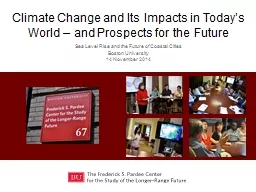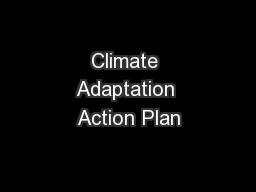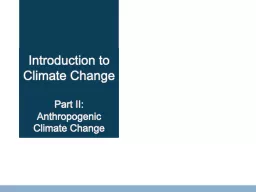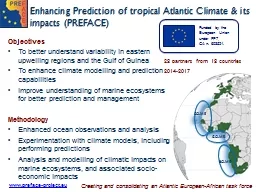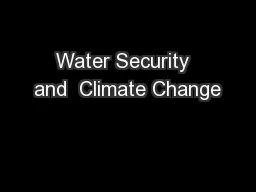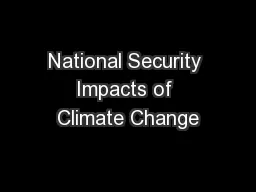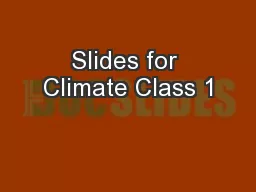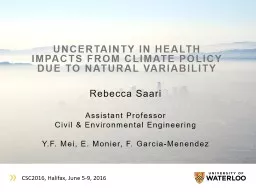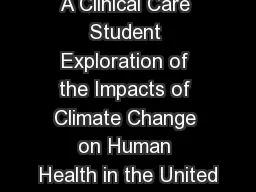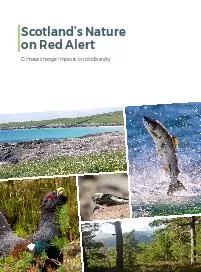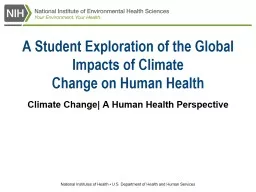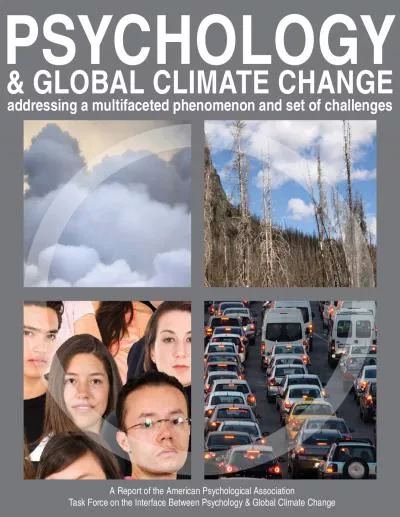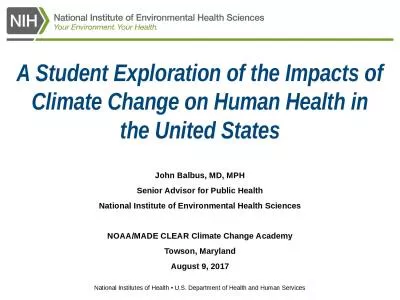PPT-Climate Change and Its Impacts in Today’s World – and Prospects for the Future
Author : pasty-toler | Published Date : 2018-03-16
Sea Level Rise and the Future of Coastal Cities Boston University 14 November 2014 Outline Context What do we know and how do we know Implications for the future
Presentation Embed Code
Download Presentation
Download Presentation The PPT/PDF document "Climate Change and Its Impacts in Today�..." is the property of its rightful owner. Permission is granted to download and print the materials on this website for personal, non-commercial use only, and to display it on your personal computer provided you do not modify the materials and that you retain all copyright notices contained in the materials. By downloading content from our website, you accept the terms of this agreement.
Climate Change and Its Impacts in Today’s World – and Prospects for the Future: Transcript
Download Rules Of Document
"Climate Change and Its Impacts in Today’s World – and Prospects for the Future"The content belongs to its owner. You may download and print it for personal use, without modification, and keep all copyright notices. By downloading, you agree to these terms.
Related Documents

